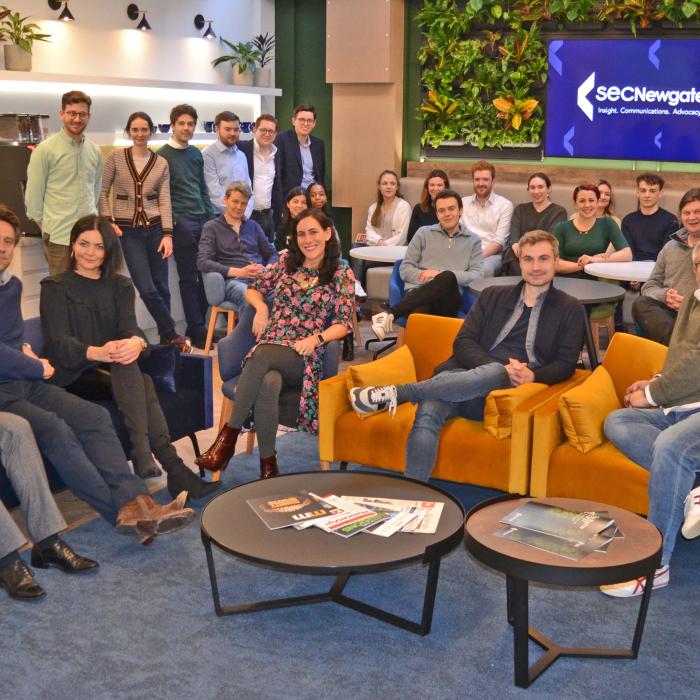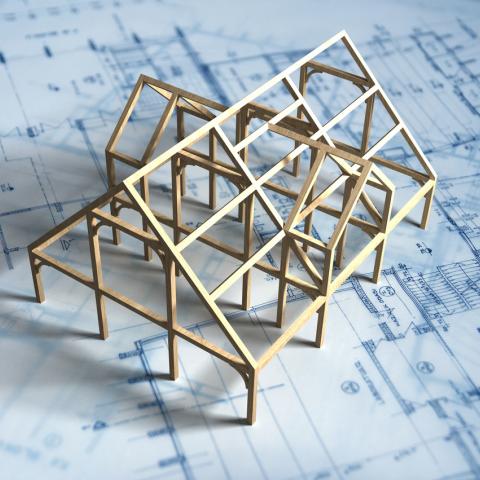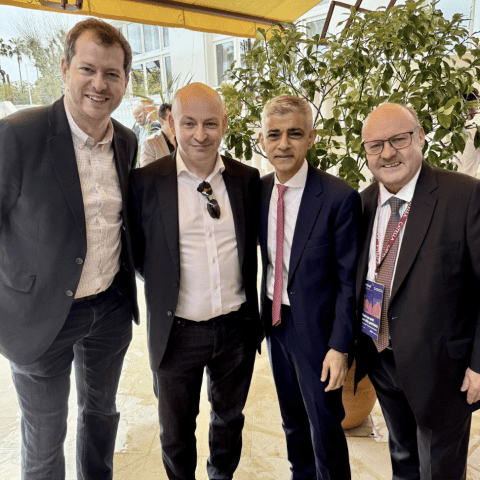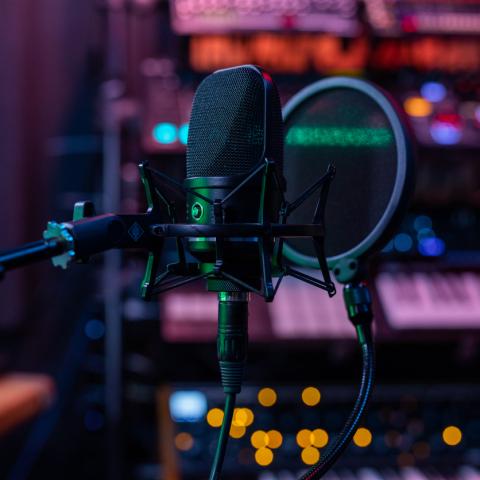Pride of place: Soho
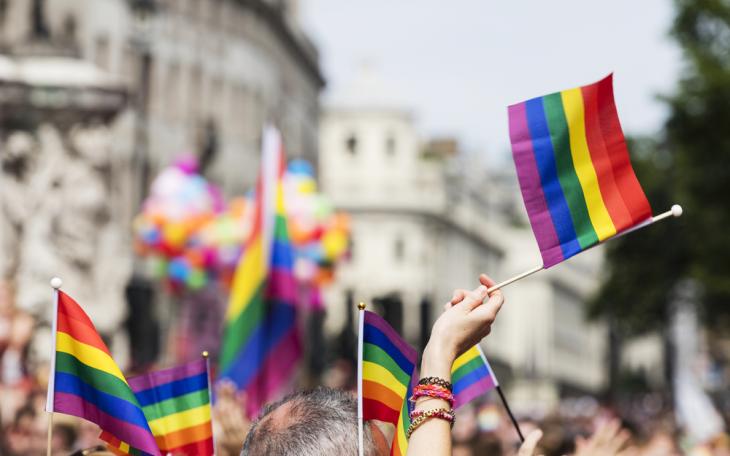
By Laura Sears
From its origins as a protest, to becoming a part of the city’s cultural zeitgeist, London’s Pride march has become a staple of the capital’s – and my own - events calendar. The annual festival and parade held each summer is a celebration of our city’s LGBTQ+ community, bringing together hundreds of thousands of people across Oxford Circus, Piccadilly, and Pall Mall, before winding its way to Trafalgar Square.
My friends and I have attended Pride in London (also referred to as London Pride) for several years now, as members of the LGBTQ+ community and allies. It is one of my favourite days of the year, seeing my friends come together and be cherished for their identities in a way that during the other 364 days they are often not. We start our day in Trafalgar Square to see the end of the parade, enjoying what is typically a lovely day (in both weather and atmosphere), before moving onto one of my favourite haunts of London: Soho.
I love the vibe over the weekend of Pride. People are happy, confident, and comfortable in their own skin. I look around the streets and the feeling is electric. But as much as I adore the celebration, it’s still vitally important to remember Pride’s origins as a protest, during a time when it was exceptionally dangerous to be ‘out and proud’.
Pride’s radical roots
The first official Pride Rally was held in London on 1 July 1972, chosen as the nearest Saturday to the anniversary of the Stonewall Riots three years prior. Approximately 2,000 people took part, as part of week-long demonstrations. It grew exponentially in the years that followed – by 1978 it was an annual fixture, however it often meant protesters were subjected to increasing violence and police hostility.
In 1981, the march was moved to Huddersfield in an act of solidarity with the Yorkshire gay community after reports of police harassment in a nightclub in the north of England.
In 1985, representatives from mining groups joined the Lesbians and Gays Support The Miners (LGSM) on the march, in recognition of the support given to striking miners by the LGSM – if you haven’t seen the movie Pride, which covers this story beautifully, I thoroughly recommend a watch.
In the late 1980s, Pride was galvanised as a vehicle to protest Section 28, the controversy surrounding the government bill fuelling protest numbers further.
By the 1990s, Pride was resembling something much closer to the carnival atmosphere we associate it with today, becoming the largest free music festival in Europe in 1996.
‘Pride London’ in its official capacity was formed in 2004 when it received registered charity status, and a political rally has been held in Trafalgar Square after the parade ever since, in solidarity with its heritage.
Soho as a safe space
Today, Soho is still a refuge for many of London’s LGBTQ+ community. Dozens of queer-friendly venues mean people gravitate towards the inclusivity that its streets offer all year round – not just on the first weekend of July each year.
I hadn’t trod the pavements of the neighbourhood until my first Pride back in 2016. I quickly became hooked on not only the atmosphere of that day, but the history of the area too.
It’s Soho’s smorgasbord of diversity which keeps me coming back and will continue to do so for many years to come – 365 days a year, not just one very important one.
